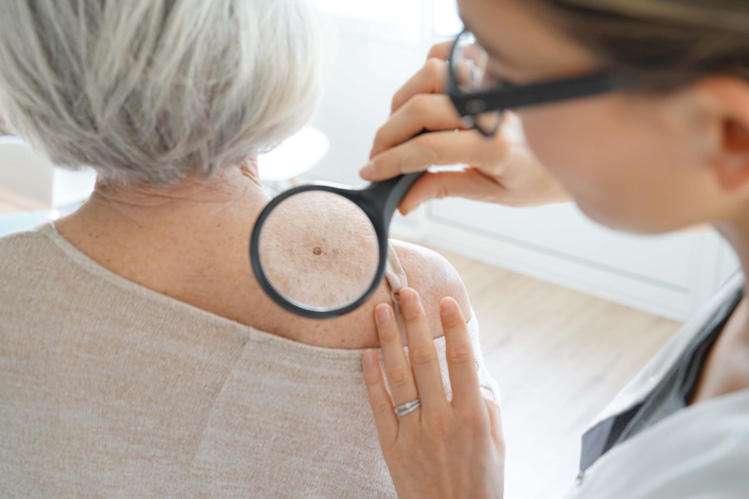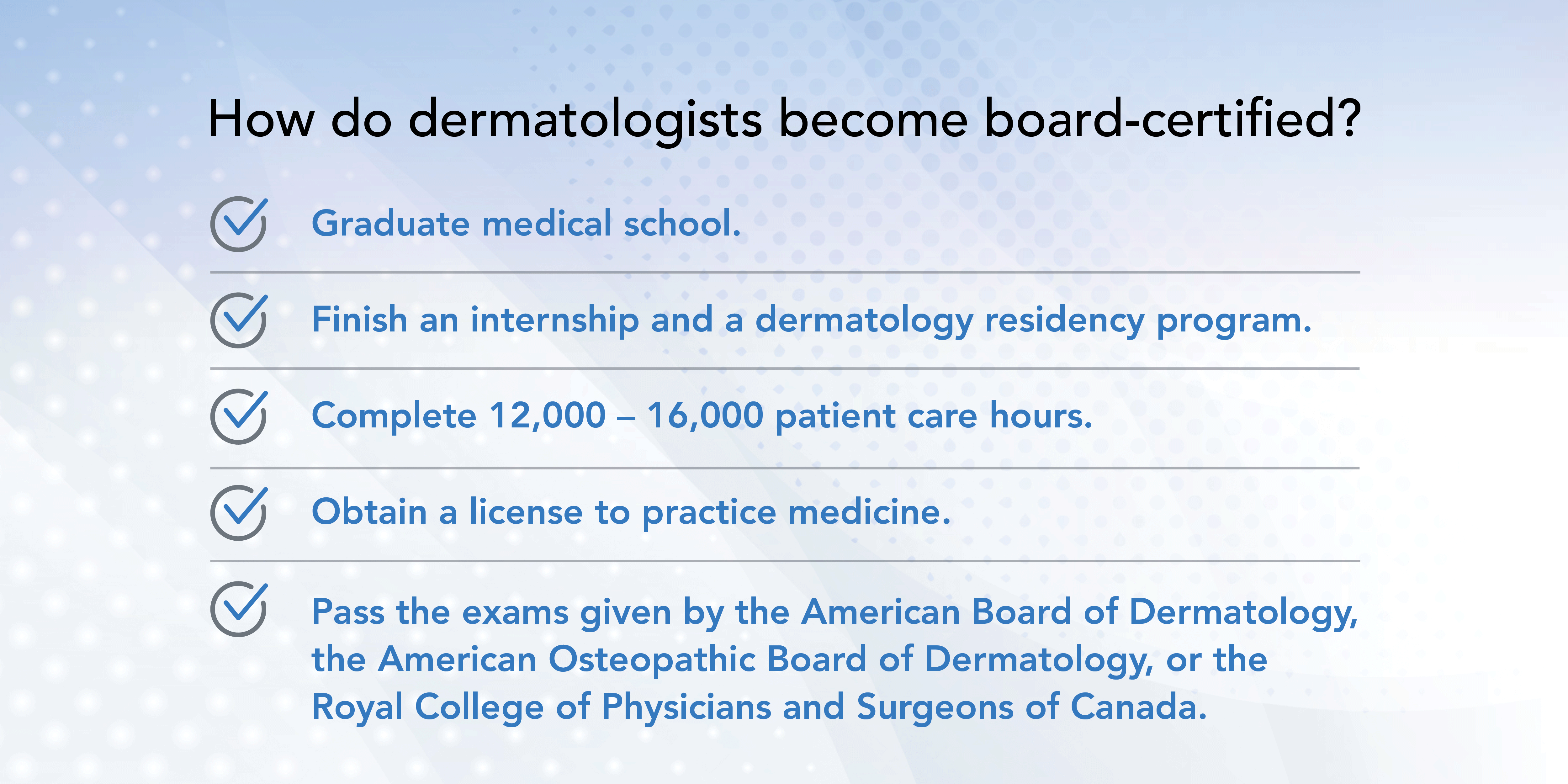Find the best dermatologist to address your treatment options.
Browsing Skin Cancer Treatment: The Crucial Duty of Mohs in Modern Dermatology Practices
Skin cancer cells, a difficult medical diagnosis, typically leaves people grappling with various therapy options. As we check out the details of this procedure, one will value its crucial role in skin cancer therapy.
Understanding Skin Cancer: Types and Threats
Skin cancer, a potentially lethal ailment, is far much more widespread than many individuals recognize. This illness, triggered by the uncontrolled growth of irregular skin cells, primarily arises from DNA damages due to exposure to the sunlight and ultraviolet (UV) light. There are three major kinds of skin cancer cells: Basic cell carcinoma, Squamous cell carcinoma, and Melanoma. While the former two are much less deadly and compose the bulk of diagnosed cases, melanoma is the most harmful. It represents only regarding 1% of skin cancer situations however triggers the huge bulk of skin cancer cells fatalities - chemical peel. Threat variables consist of reasonable skin, background of sunburn, too much sunlight direct exposure, living at high elevations or near the equator, having numerous moles, a household history of skin cancer, and weakened immune system.
What Is Mohs Surgery and Just How It's Reinventing Skin Cancer Treatment
Regardless of the numerous treatments currently offered for skin cancer, Mohs surgical treatment stands out as a groundbreaking and very reliable solution. Named after Frederic E. Mohs, the physician who established the procedure, Mohs surgical treatment is an exact medical method made use of to deal with skin cancer cells. This degree of accuracy, integrated with the capability to save as much healthy and balanced cells as feasible, is reinventing skin cancer cells treatment.
The Advantages of Mohs Surgical Treatment Over Standard Skin Cancer Therapies
Building on the cutting-edge nature of Mohs surgery, it's critical to consider its various benefits over traditional skin cancer therapies. Unlike standard procedures, Mohs uses a greater cure rate, commonly reaching 99% for novice therapies and 94% for recurring cancers. Furthermore, it decreases damages to healthy skin, leading to less scarring and enhanced aesthetic end results.
The Procedure of Mohs Surgery: What to Expect During the Refine

Prospective Side Results and Post-Operative Care of Mohs Surgical Procedure
Undergoing Mohs surgical treatment, like any kind of other medical treatment, includes prospective adverse effects that individuals must be conscious of. Usual adverse effects include pain, bruising, and swelling at the surgical treatment website. These are typically momentary and convenient with over-the-counter pain medication and ice packs. In unusual instances, patients may experience infection, bleeding, or an allergic reaction to the anesthetic. Post-operative treatment is crucial to healing and reducing adverse effects. This commonly entails maintaining the injury tidy and dry, taking prescribed medications, and avoiding difficult tasks. Individuals need to additionally participate in all follow-up consultations for injury treatment and surveillance. In some instances, added therapies might be needed to make certain full elimination of the cancerous cells. Abiding by these post-operative treatment standards can considerably improve useful site healing and outcomes.
Verdict
